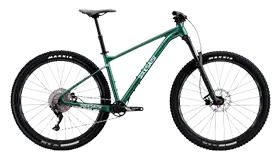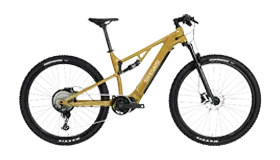Cyclists Now Outnumber Motorists in Paris
A study in Paris found that cyclists now outnumber drivers commuting from the suburbs into the city center, thanks to an increase in cycling infrastructure.

Paris is now a city with more cyclists than drivers. That’s the finding of GPS-based research conducted by L’Institut Paris Régione, which is the largest urban planning and environmental department in the EU.
The results of the study demonstrated a remarkable number of people using cycling as a primary form of transportation. Some 34.5 million trips are made by bike each day in Paris by people between the ages of 16 and 80. On the weekends the number of trips remains high, with 29 million on Saturday and 19 million on Sunday.
Just as amazing is the amount of time Parisians spend in the saddle. The average Parisian’s riding time lasts 92 minutes on weekdays, 67 minutes on Saturdays and 49 minutes on Sunday. That’s more than nine hours of riding for the average Parisian each week.
Other findings showed that people living in the Paris suburbs often commute into central Paris, and the number of cyclists making that trip has climbed due to building additional cycling infrastructure.
The study also clarified that the data reflect the behavior of ordinary Parisians, not racing cyclists clad in stretchy clothing.
According to the study, just five years ago, motorists outnumbered cyclists traveling from the suburbs into the city center, but that is no longer the case, with cyclists now making more of those suburb-to-city commutes by bike.
Among the changes that have encouraged more people to ride, Paris mayor Anne Hidalgo has restricted SUV access to central Paris, reduced the number of parking spaces in the city and closed some roads to motorists. The study is being heralded as a confirmation that her policies are bringing about the desired changes in Parisian behavior.
The Electric Bike Report take: We are seeing an increasing number of European cities restrict their roads to vehicles. At first, the restrictions emerged primarily in Medieval cities where vehicles were often too large to negotiate the streets safely, especially with pedestrians present. More and more, as communities find that restricting vehicles makes for a more pedestrian friendly environment.
Such changes have faced resistance in American cities, but in neighborhoods where parking has been converted into dining areas or bike lanes, residents have reported finding the area more livable, an opinion often confirmed even by those who opposed the changes.
As boosters for e-bikes, our hope is that changes like these will be found in cities across the country, even in places where the streets are big enough to allow big trucks to pass.
-------This article and pictures from reprint.










